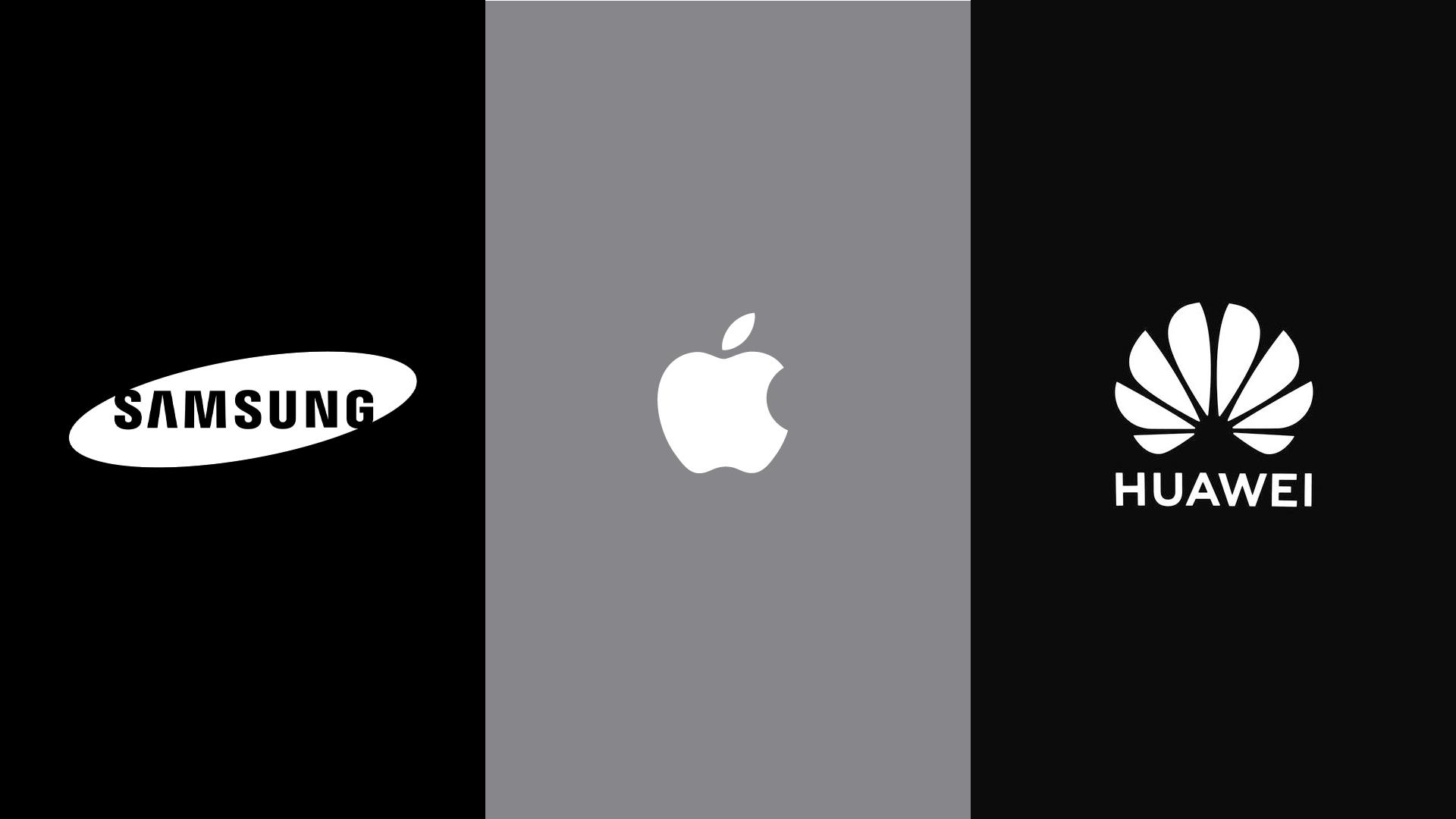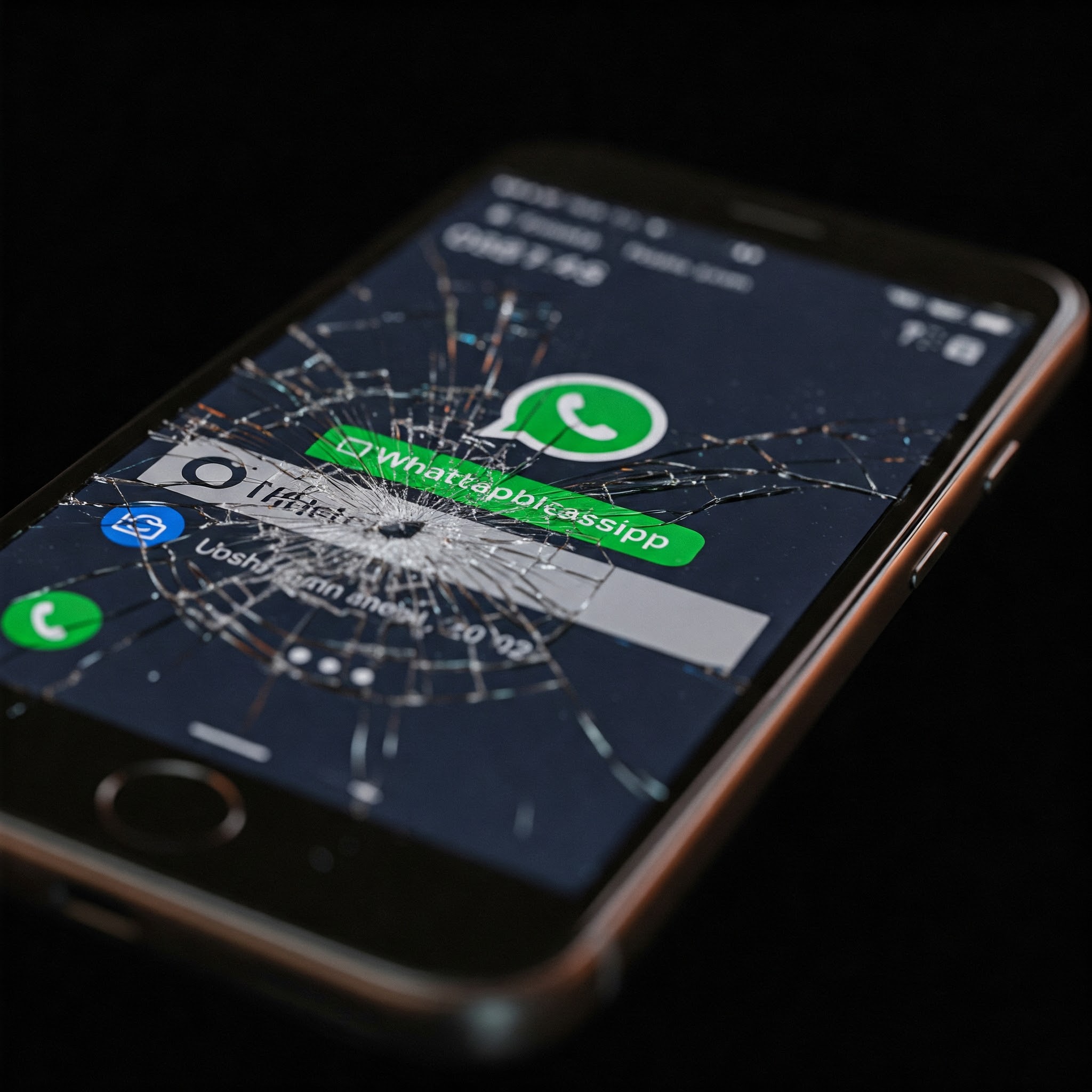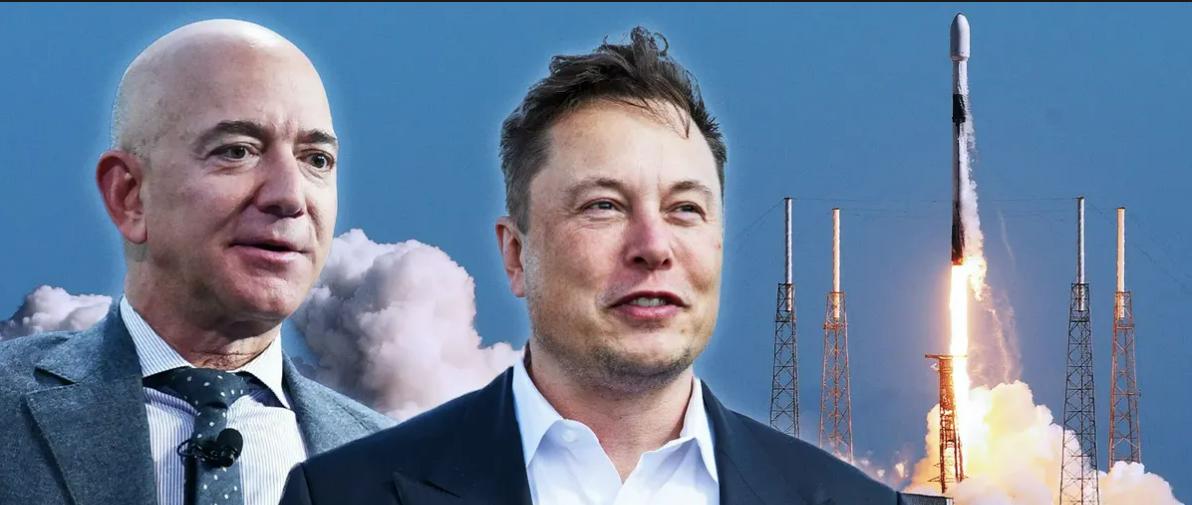Brand loyalty is a really dark horse. For you to enjoy a product you have to use products of the same brand for that seamless connectivity. There is now a deep integration of a brand’s accessories, apps, and services that lock you into its ecosystem in ways that you might not have realized.
1st party apps vs 3rd party variants
Let’s start with apps. Each smartphone maker has apps for common stuff that they make custom versions of. They do this to add extra features in them that may not come in the version of the app that is available to everyone. Sometimes they even make their own version of the app from the ground up. This can be SMS apps, your notes app, or a music app.
These apps that are made by the smartphone maker are what we call first-party apps and in most cases only work on the smartphone maker’s hardware. They may be able to run on another smartphone maker’s hardware but without full functionality.
Then there are 3rd party apps which are apps made by a company that is not in the business of making smartphones. Their apps will be designed to work with any smartphone brand and all the features of the apps will be available on all the different types of smartphones that the app was made for.
So Samsung Notes is a first-party app for taking notes that is made by Samsung for Samsung. And Evernote is an example of a 3rd party note-taking app that is made to work on any smartphone regardless of the brand.
First-party apps are great because they can be very powerful. A Samsung Notes app might have a feature built-in to link a to-do list that you create with the Samsung calendar and Samsung contacts whenever you enter a date or time or someone’s name. Pretty convenient stuff that you will not get from a 3rd party app like Evernote.
The problem will now come when you switch brands for some reason, let’s say from a Samsung to a Xiaomi. All your notes are locked into the Samsung ecosystem. Your notes backups are on Samsung’s cloud service. You may be able to get the notes onto your Xiaomi but it’s not going to be as simple an experience as if you were switching to another Samsung device.
Accessories of one brand work best with that one brand
Accessories also play a hand in this and I am first hand facing that issue. I had committed to the Huawei ecosystem and so my buds are Huawei, my watch, and even my wifi router. The seamlessness was great because all the devices talk to each other easily. Then I switched to using a Google Pixel but with Huawei accessories and immediately some features disappeared.
I can no longer use my watch as a remote shutter for the camera. Controlling media functions like playing music on my phone using my watch is now not as seamless as I would like it to be and to top it all off, the default health app on the Google Pixel called Google Fit is not compatible with the Huawei Watch, so all the data the watch collects cannot be fed into the Google Fit health app.
Thankfully there is a process to get Huawei Health installed on the Google Pixel which can use the data from the watch but now I have to install a Huawei Health app on a Google Pixel just so I can access the features my Huawei watch has.
This is just my experience with Huawei accessories on a non-Huawei device, if I had a Huawei tablet and a Huawei laptop I would be forfeiting stuff like wirelessly viewing photos and videos that are stored on the tablet from my laptop without needing to connect the tablet to the laptop. Yes there are 3rd party apps that can do this for me but the beauty of an ecosystem is if I am not tech savvy, the features come built into the devices already so I won’t need to figure out the best 3rd party app that will help me do this.
Backups can be a nightmare
Where it gets hectic is backups. Currently, I have multiple backups that I did for my Huawei P30 Pro and my Huawei Mate 40 Pro on my laptop. I created these backups using Hisuite, a smartphone management tool for Huawei and Honor devices. All these backups are encrypted meaning I cannot view their contents. For me to be able to do that, I have to decrypt them first which is only possible if I restore the backup onto a Huawei or Honor smartphone.
Since I do not have either of these devices I have no access to all the photos, videos, documents, messages, and files that I had on these devices. Some of them I desperately need to make a reference of. And all this is happening to me because I did my backups using 1st party tools. I could have backed up all my data to Google Drive which is a universal tool for backup and storage. But that is close to a terabyte of files which means paying monthly for storage and that was not an option readily available to me.
First-party backup tools are great in that they have direct access to the system so on top of restoring your data on your new phone, everything will be put back exactly in the same place as it was in your old phone.
You even get most of your phone settings back including mobile data settings, your previous wifi connections and their passwords, and even your wallpaper. So everything comes back onto your new phone. It’s super convenient stuff but only if you are sticking to the same brand.
Which is now becoming a big problem. Back in the day, the reason why you bought a smartphone was purely based on how good the hardware of the phone was. How good is the battery, the camera, the number of sim slots, can it support an SD card slot, does it have enough storage and can it play temple run or fruit ninja? Oh, these were much simpler times.
You now have to think long and hard before switching brands
The brand didn’t matter much until software started defining your smartphone experience more and more and the app ecosystem started to flourish. But even then, the app experience was largely determined by 3rd party apps, and 1st party apps were either very bare bones with basic features or a reskin of something developed by a 3rd party.
But now a lot of experiences that are internet and cloud-based are now more closely linked to first-party apps. With a modern smartphone, if you want to experience it the way the maker designed it to work, you’ll have to use the smartphone maker’s 1st party apps and accessories which then lock your data and user experience within that brand’s apps and products.
With modern smartphones, you now have to think long and hard about switching from one brand to the other. It’s no longer as simple as looking at the spec sheet anymore. You actually have to have this awareness of what experiences and data you will potentially lose by switching to a different brand and whether or not the spec sheet is worth being the sole basis of your smartphone purchase decision.
What then really sucks is the knowledge that no single brand makes the best products from top to bottom. I would argue that Sony makes the best Bluetooth headphones. That Huawei makes the best smartwatches looking at battery life and Apple provides the best ecosystem integration of all its products. But no one brand will tick all the boxes. So there is going to be some tough choices to be made.
Brand loyalists are fine, Variety seekers, not so much
I have 3 years of fitness data locked into Huawei Health. Moving to any other app means I will lose all that data. So regardless of the smartphone brand I use, I will be sticking to Huawei Health as my health-tracking app. I have chats and text messages within Google messages so maybe that becomes my default SMS app until the unlikely event that I switch to an iPhone.
Evernote has been my default notes app for over 5 years now and it’s proven to be a good move because it has seen me keep my 5-year-old notes despite switching smartphones 3 or 4 times and jumping between 3 brands. (from LG to Huawei to more recently Google Pixel if you were wondering.)
First-party apps, services, and accessories are amazing to use because of the depth of integration you will get to experience. But they are quite the dark horse in that they will hold your data hostage in the event that you want to jump ship onto a different brand.
If you are a brand loyalist then you need not worry much. But if you love variety then you may need to invest in figuring out alternative 3rd party apps that work on multiple brands just to avoid a scenario where parting ways with one brand means parting ways with the data and information you accumulated in the time you were with that brand. Let me know of your experiences jumping between brands.














Comments
15 responses
Most phones nowadays run on “everything google” from the sms app to the dialer. Im quite sure most of us hve google accounts. Back up everything there and when you make the switch make sure you are switching to something “everything google” compatible. Just sign in and I’m 100% most of your things come back as they were
That’s true. I just prefer Google apps for everything that way I don’t lose anything as long as I am using an android phone.
Brand loyalty actually blinded me and I bought 3 Nokia devices in succession. The first 2 were great devices but this one I am using is now making me question my loyalty to HMD global.
Hello, fellow Nokian! I too went back to back HMD! In fact, my plan was to work my through the lineup to a current Nokia 9 equivalent. It was going great, but HMD changed it’s product focus and moved away from it’s design language. My passion is almost gone now. Their new stuff isn’t terrible per se and they have class leading software support. It’s just not doing anything for me on the hardware side. Maybe if their new rugged phone looked similar to the XR20 and had a more perfomant processor for the price, but for now, I’m back in the arms of Sammy
Thinking of going Samsung’s way. Or a Redmi. This days there’s more to chose from. Even itel is now giving others a run for their money.
Well informative, we need this kind of stuff frequently. We learn a lot from such articles.
Common mistakes to avoid when ranking on Youtube
https://tmediaonline.com/2023/08/14/common-mistakes-to-avoid-when-ranking-on-youtube/
I was lucky to have an Android One device, so my experience was like the better than average wish.com version of pixel life. The only downside was that the watch I bought to make sure I wasn’t dying during the pandemic had 1st party dependencies that limited the features. That sucked.
Now, all these years later and I’m on the opposite side of the spectrum with a very samsungy Samsung phone. I’ll be honest, it was a bit of a culture shock going from near stock android to this. It’s okay now though. Instead of learning the Samsung way, I just googlefied it where I could but there will always be stuff I can’t uninstall or disable. That sucks too, but at least my no longer supported, EOL watch awakened to it’s full potential in its last days 😅
Android One was at it’s peak a great way to get around brand loyalty on the software experience side. All you had to do was pick the hardware that suited your pocket and moved your heart. It’s a shame it’s all but dead now except for few Nokia’s from last year.
When it’s time to buy a new phone – ndotenga Samsung. Zvimwe zvese will work around that!
Samsung has Smart Switch, it’s so easy with to tranfer all your data from your old galaxy to new galaxy phone
Samsung is the best brand….haaa apple is overrated.
Agreed on that one
Very helpful info here!! Thank you
Your front page viewed on a desktop browser is actually embarrassing for a blog that’s been doing this for well over ten years.
Well good article. I do agree that once you lock your things in google you will always get your items am a tech survey, l like switching from one brand to another to avoid boredom. Am recently looking forward to switch from iphone to OnePlus.
I have used many brands of smartphones in the past, LG, Oppo, Xiaomi etc. Finally, bought a Samsung and decided that using it is a no brained. Don’t use the apps that come with the brand. Most times they’re inferior to 3rd party apps.